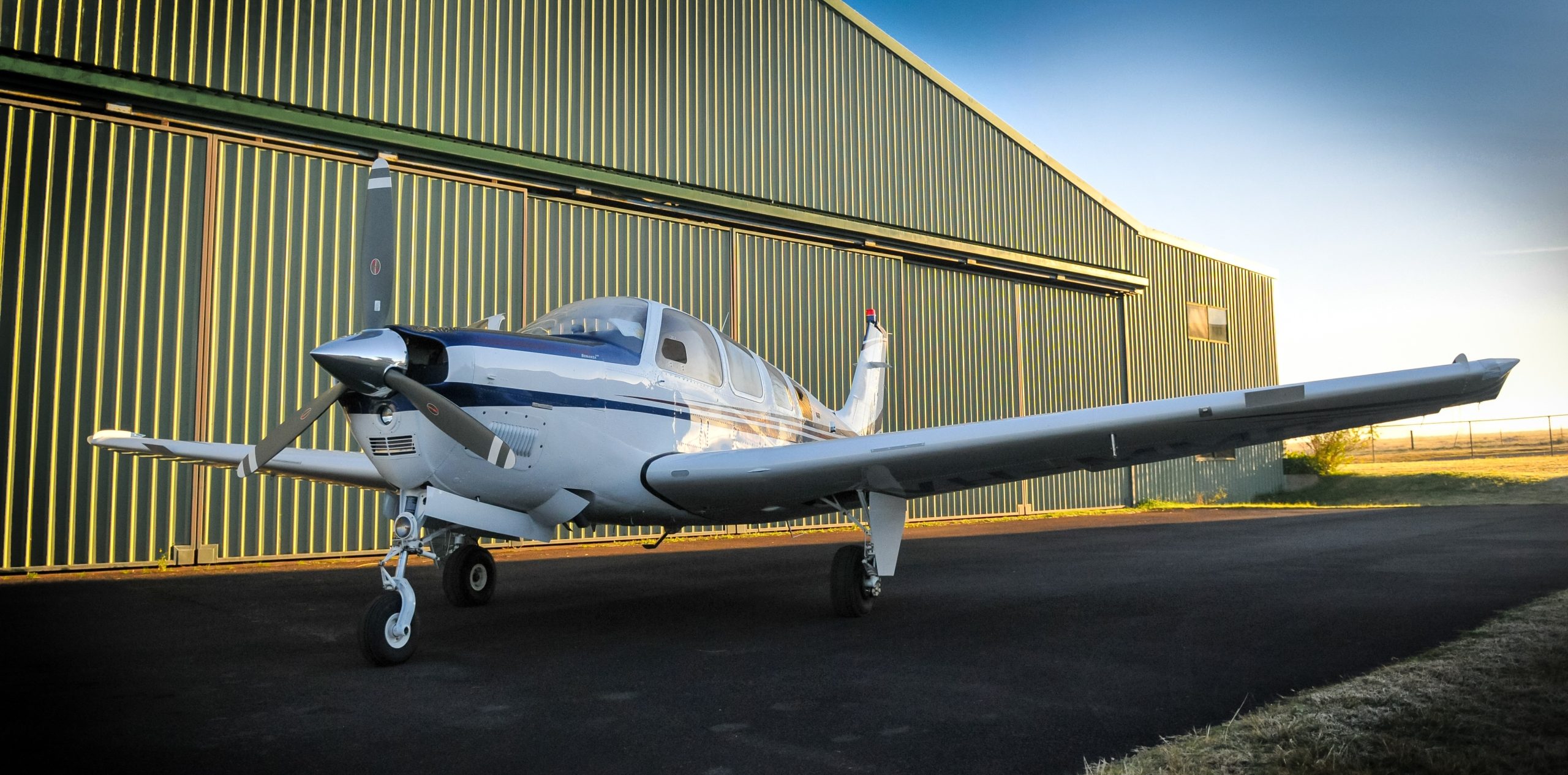In keeping with the theme of gliding, this week I am going to follow-up Jason’s post with a clip from our Virtual Test Prep™ Flight Maneuvers DVD on airborne engine failures. After reading Monday’s post and watching this short clip see if you can answer the two following questions.
1. When executing an emergency approach to land in a single-engine airplane, it is important to maintain a constant glide speed because variations in glide speed
A—increase the chances of shock cooling the engine.
B—assure the proper descent angle is maintained until entering the flare.
C—nullify all attempts at accuracy in judgment of gliding distance and landing spot.
2. An airplane is flown in a glide at an airspeed where the L/D ratio is 8:1. How many feet air distance will this airplane glide for each 1,000 feet lost?
Answers below!
↓
↓
↓
1. Answer (C)
A constant gliding speed should be maintained because variations of gliding speed nullify all attempts at accuracy in judgment of gliding distance and the landing spot.
2. 8,000 feet. The aircraft will travel 8 times further than altitude lost at an 8:1 L/D ratio. For example, if the aircraft was 4,000 feet AGL and you lost an engine, the aircraft would travel 32,000 feet (8 x 4,000) or roughly just over 6 miles (5,280 feet in a mile) in a no-wind condition before coming in contact with the ground.
(8 x 4,000) = 32,000 / 5,280 = 6.06 miles





